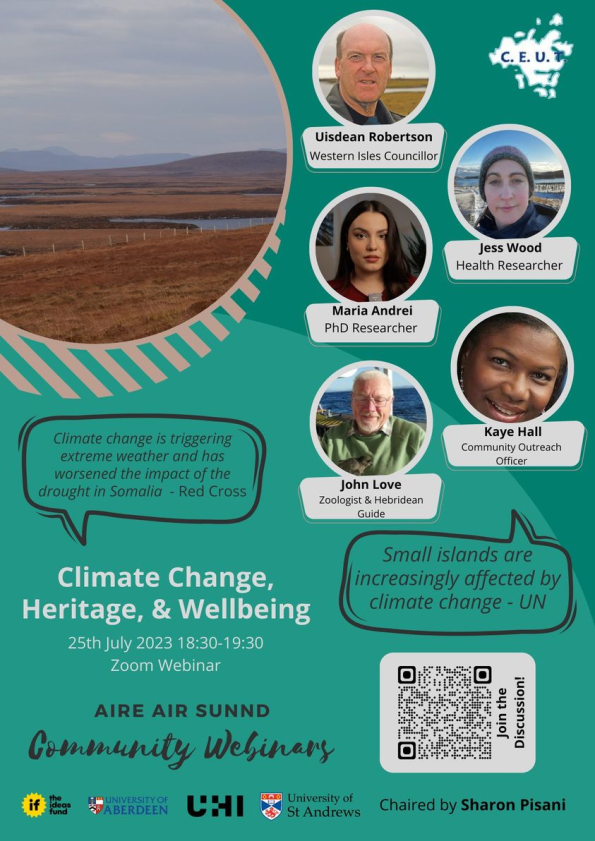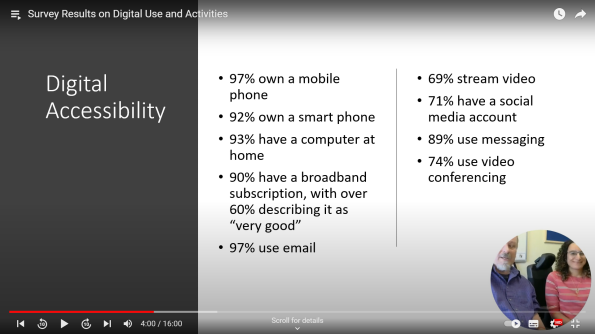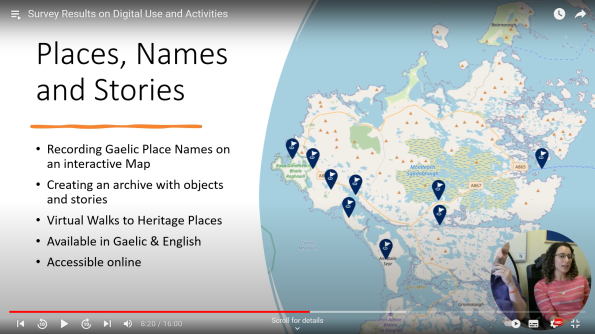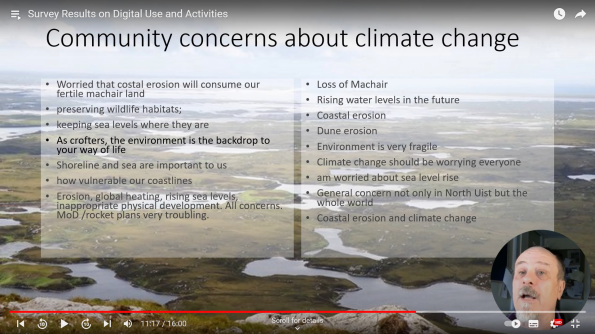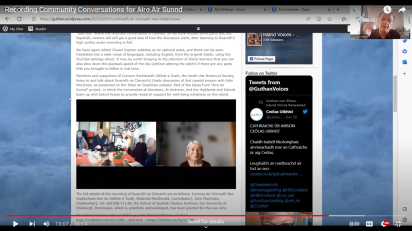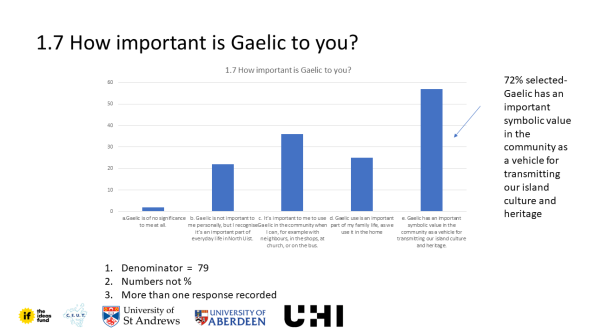Here at Island Voices/Guthan nan Eilean we’re delighted to host a first blogpost from Mary Morrison, the co-ordinator and guiding light at Comann Eachdraidh Uibhist a Tuath (CEUT) for the “Aire air Sunnd” wellbeing project, supported by the Ideas Fund. And we look forward to further contributions!

Picture: Intergenerational walkers and talkers exploring Gaelic heritage between Barpa Langais and Pobul Fhinn as part of the Aire air Sunnd “Fèis Shamhraidh” (summer festival)
Mary writes:
My first post – latha math a h-uile duine!
This is the first attempt at a blogpost – a way of trying to convey what’s happening in our ‘Aire air Sunnd’ project, (Attention to Cheerfulness), from the CEUT co-ordinating perspective. Over the past eighteen months I have been trying to make sense of some ideas that have been buzzing at the edges of my mind, and coming very gradually to understand the areas we need to discuss where we as a project might go next; (I think it was poet Marianne Moore who said, ‘Thought collects in pools’).
We are hoping that North Uist friends and relations will join in these ‘citizen science’ conversations and help push our community’s (or communities’) ideas further. Particularly we need to work out how the project findings can help, first practically, in raising funding to refurbish Sgoil Chàirinis, and second, in gathering evidence convincing enough to make our voices challenge and reverberate at local and national public policy levels.
During a recent recorded forum between Comann Eachdraidh Uibhist a Tuath and our three university research partners, Iain Campbell from the Language Sciences Institute, University of the Highlands and Islands, asked three provocative questions, which I paraphrase as ‘how do you define a single community, how could such a community be said to be representative and how could it develop agency, make its voice heard in places of power, to make a difference?
Suddenly Iain had provided a scaffold for my scattered reflections – thank you, Iain.
Our small CEUT wellbeing group, facilitated by Jess Wood (working with Heather Morgan of Aberdeen University’s Applied Health Sciences department), met for a series of workshops last year. An open call to CEUT members resulted in ten of us gathering at Sgoil Chàirinis, where we were encouraged by Jess to figure out which aspects of local heritage and wellbeing mattered most to us. We were a mix of long term Gaelic speaking Uisteachs, Uist returners and some who had chosen to settle here and had lived here for over twelve years, with all of us acknowledging the Gaelic language as the pulse or heartbeat of our small, remote island community.
‘The assimilation of traditional communities is not a simple matter of painlessly extracting one language and culture and transplanting in an inherently superior replacement; the process can induce breaks in generations between families, discontinuities in a community’s sense of place and self- confidence and fractures in a person’s identity….’ (Michael Newton, Warriors of the Word)
What seemed to matter most to our group at its first workshop, in no order of preference, were:
- Relationships
- Community
- Nature
- Spirituality, (both faith-based and otherwise)
- Heritage and Culture
- Learning
- Stories and Creativity
Working alongside our researchers, we began the process of constructing a survey of our members last winter, to learn more about how these choices can support our communities’ wellbeing, especially after the wearisomely long and anxious period of the pandemic. (CEUT had already recorded aspects of the resilience of different age groups across the island during this period). It was interesting to see and archive, at the end of 2021, how much comfort our community had found in ‘closer family relationships’, the ‘local environment’, and ‘being creative’ as ways of overcoming the isolation and potential loneliness of lockdown.
The main highlights of the Aire air Sunnd survey findings were:
- the striking importance of community in island life – a major asset
- concern that North Uist was not being consulted or heard locally or nationally
- concern relating to the rapid decline in awareness of the distinctiveness of North Uist’s heritage, culture and, in particular, Gaelic language
- concern about the environment, coastal erosion, loss of biodiversity
- the commitment of the local community to developing Sgoil Chàirinis
- support for Gaelic, heritage and wellbeing activities and events in the school
- support for Gaelic classes and activities that support natural and cultural heritage
- the use of digital technology for heritage and culture preservation and transmission, with the caveat that individual support with accessing digital technology is a clear need.
Perhaps the time has come now for CEUT:
- to make use of these findings to recognise our assets and build on these for ourselves? Take more control of this project, so we can spend the remaining months teasing out ‘how’ and ‘why’ these priorities matter so much, learning alongside our research partners how to translate these into compelling arguments?
- to work out how we can develop confidence in our own sense of agency – what changes can the project evidence achieve for CEUT – how remote is our heritage, (its unique environment, language, culture of resilience) to the dominant discussions in the seats of power?
- to present our findings in such a way that our welcoming and inclusive Gaelic heritage, and the crucial part this plays in the island’s wellbeing will be better promoted and recognised at local and national levels.
The recently revived Horizon programme, (previously denied to British citizens post-Brexit, but still a major plank supporting the EU’s academic programmes), defines co-creation as ‘a guarantee of the growth of citizen science and innovation in providing public services’. In this project we, CEUT, as the instigators and funded body, acknowledge that it has taken us time to recognise our assets, the importance of our local language and traditional cultural knowledge, as we have worked alongside our researchers. It is imperative now to build on these strengths, resisting any attempts to ‘colonise’ us in ways that do not result in mutual benefits to researchers and CEUT alike. CEUT also needs to find routes for our endeavours to connect with and influence public services. Dr Victoria Rawlings, in her co-authored publication, ‘Community -led research: Walking New Paths Together’, even suggests that ‘community -led research produces better quality research, a better, more fulfilling experience for its participants and more reliable research outcomes’.
We need to gather evidence of what works well locally, for whom, in what settings /contexts and how these can best be supported in such parlous times of fiscal, social and planetary challenge.
Please join in this community discussion! Do add your thoughts, the more random the more inspirational!
Mary Morrison
Comments welcome!
Comments are welcome, here on this blogpost, or perhaps on the CEUT or Island Voices Facebook pages or Twitter feeds if that’s where you see it first. All platforms will be monitored and all contributions valued!
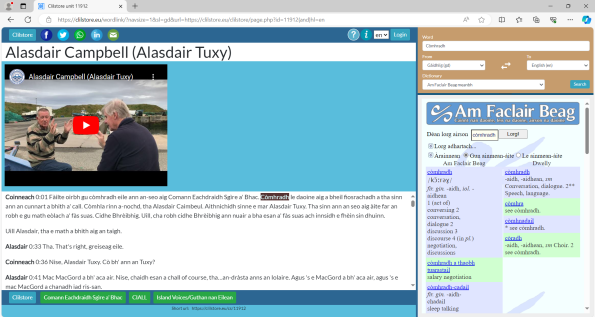

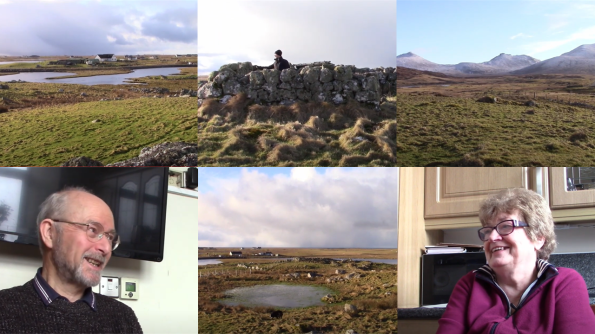
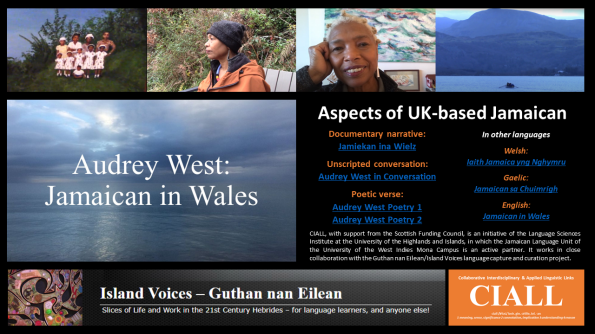

 The second Digital Fèis for Aire air Sunnd is now scheduled for 11th and 12th August, taking the place of the May event which had to be postponed. Here’s the updated
The second Digital Fèis for Aire air Sunnd is now scheduled for 11th and 12th August, taking the place of the May event which had to be postponed. Here’s the updated 